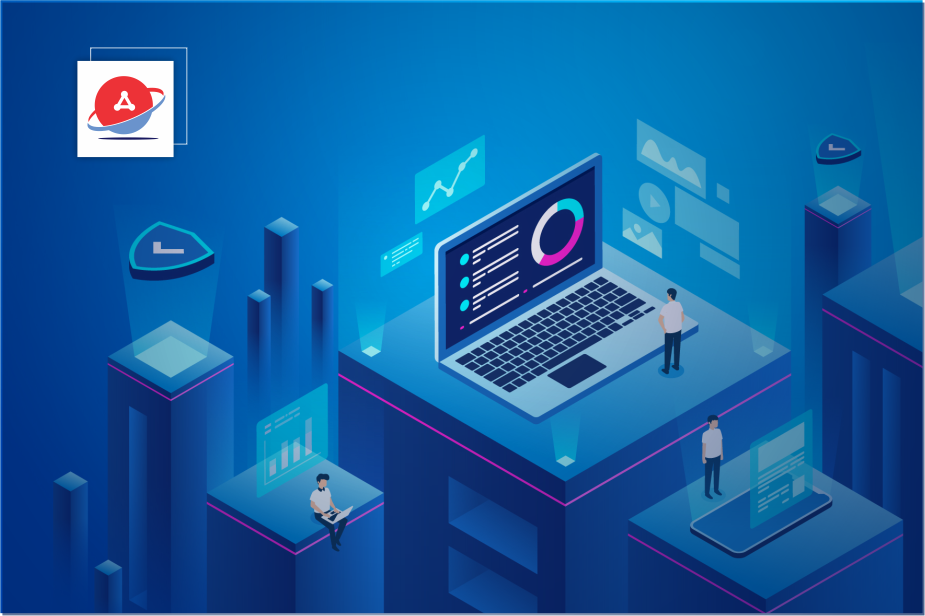The field of software development is constantly changing, with new tools, technologies, and methodologies appearing all the time. There are a number of significant developments that are expected to influence software development in the coming years and beyond. Here are a few of the most significant trends to keep an eye on.
The process of conceptualizing, defining, designing, programming, documenting, testing, and bug-fixing that goes into building and maintaining applications, frameworks, or other software components is known as software development.
Artificial Intelligence (AI)
For years, artificial intelligence has been a hot issue in technology. In the years to come, it will only grow in significance for software development. AI is already being used by developers to automate repetitive activities, optimize code, and enhance user experiences.
We may anticipate that AI will play a bigger role in software development in the future, from assisting in the creation of smarter, more responsive programs to allowing more complex data analysis and prediction.
Low-Code Development
Platforms for low-code development are growing in popularity among programmers and companies alike. These platforms enable programmers to create apps fast and simply without having to have a deep understanding of coding.
We may anticipate that when these platforms grow, they will increase in strength and accessibility, making it simpler for companies to develop the software they want.
Cloud Computing
The way software is created, implemented, and managed has already undergone a revolution thanks to cloud computing. As more companies migrate their software development to the cloud, we may anticipate that the trend toward cloud computing will continue.
This will make it easier for developers to cooperate efficiently, have access to sophisticated tools and resources, and create systems that are more scalable and adaptable.
DevOps
A software development methodology called DevOps places a strong emphasis on cooperation and communication between the development and operations teams. This method is already well-liked in many firms, and in the next years, it’s probably going to expand much farther. DevOps may assist teams in working more productively, minimizing mistakes, and delivering software more rapidly by tearing down silos and enhancing communication.
Blockchain
Although blockchain technology is most commonly associated with cryptocurrencies, it has potential uses in a wide range of industries, including software development. Blockchain may be used to allow new business models and income sources, as well as to build more transparent and secure software systems.
We can anticipate seeing more developers experiment with and incorporate blockchain technology into their applications as it continues to evolve.
Internet of Things (IoT)
The term “Internet of Things” describes the expanding global network of interconnected objects, ranging from wearables and smartphones to industrial machinery and residential appliances. There will be new opportunities and difficulties for software developers as this network grows.
In addition to addressing the particular security and privacy issues that the Internet of Things (IoT) presents, developers will need to create apps that can operate without a hitch on a variety of hardware and software platforms.
Virtual and Augmented Reality
There are currently many uses for virtual and augmented reality, ranging from gaming and entertainment to education and training. As programmers discover new methods to take advantage of these technologies’ distinctive features, we may anticipate that they will become increasingly more common in software development over the next years.
Virtual reality and augmented reality have the potential to revolutionize how we engage with software, from generating immersive user experiences to facilitating distant collaboration and training.
The requirements-gathering phase usually kicks off the software development process:
- The requirements for the software application are acquired from many stakeholders at this phase.
- The software design is then produced once these requirements have been examined.
- The software design is subsequently translated into code, which is checked to see if it complies with the specifications. The code is deployed to the production environment once it has been examined.
Strategies for Software Development
Software applications may be made using a range of software development approaches. The waterfall model, the agile model, and the spiral model are the most often used techniques:
- A waterfall model is a conventional method for developing software that follows a linear procedure.
- Agile development and iteration are made possible by the model’s increased flexibility.
- A hybrid strategy that incorporates aspects of the waterfall and agile methods is the spiral model.
The most effective methodology for a given project will rely on the particular requirements and objectives of that project. Each methodology has strengths and drawbacks.
Conclusion
Software development has a bright future ahead of it thanks to a number of innovative new technologies and methodologies that are about to revolutionize how we create and use software.
The technologies available to developers now are more diverse than ever before, ranging from AI and low-code development to cloud computing and blockchain. The future success of developers depends on their ability to keep up with current trends and adopt new technologies and approaches.

